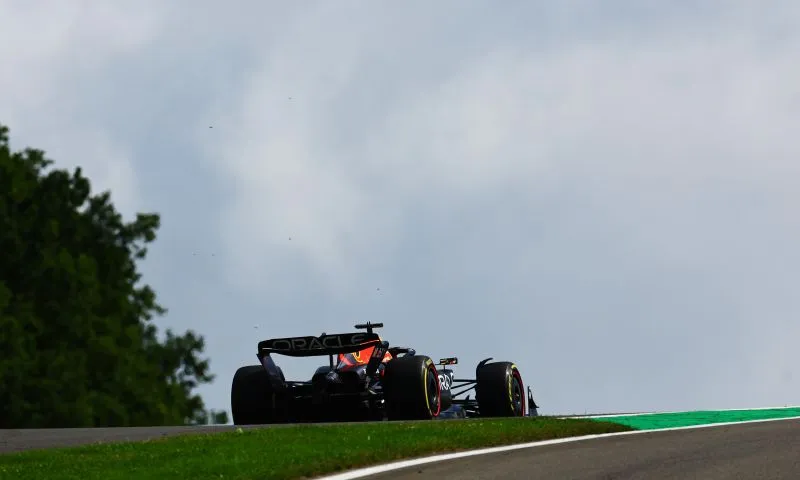The Role of DRS in Formula 1 Racing

Introduction to DRS in F1
The Drag Reduction System (DRS) has become an essential feature of Formula 1 racing since its introduction in 2011. Designed to promote overtaking and enhance the excitement of races, DRS allows drivers to reduce aerodynamic drag and increase speed on the straights when certain conditions are met. Understanding how DRS works is crucial for fans and teams alike, as it significantly influences race strategies and outcomes.
How DRS Works
DRS functions by adjusting the rear wing of the car, which typically provides downforce critical for cornering. When DRS is activated, it opens a flap on the rear wing, reducing downforce and drag, allowing the car to accelerate faster. However, DRS can only be used under specific conditions:
- The car must be within one second of the car ahead at designated DRS zones.
- DRS is disabled in wet conditions for safety reasons.
- Drivers cannot activate DRS during the first two laps of a race or after a safety car period until the first DRS detection point.
Impact on Racing
The introduction of DRS has had a mixed reception among fans and analysts. On one hand, DRS has successfully increased the number of overtakes per race, making F1 more thrilling to watch. This is particularly evident in races where drivers utilize DRS strategically to gain advantages over their competitors.
On the other hand, critics argue that DRS diminishes the challenge of overtaking, as the system can sometimes make passing vehicles too easy, reducing the skill factor. The excitement generated by close racing and strategic battles can sometimes be overshadowed by the straightforward passing enabled by DRS.
Recent Developments
Over the 2023 season, teams and drivers have voiced their thoughts on the efficacy of DRS. With advancements in car technology and aerodynamics, some teams are finding innovative ways to use DRS to execute successful overtaking moves. Moreover, discussions are ongoing regarding potential modifications to DRS rules, aiming for a balance between competitiveness and skill.
Conclusion
As Formula 1 continues to evolve, the role of DRS remains crucial in shaping race dynamics. While it enhances overtaking opportunities, maintaining fairness and skill in racing is essential. Future adjustments to the system will likely aim to address concerns raised by fans and analysts alike, ensuring that F1 remains one of the most captivating sports in the world. For enthusiasts, keeping an eye on DRS developments will be key to fully appreciating the strategies and excitement that define each race.
African Arguments ist eine unabhängige Nachrichten- und Analyseplattform, die sich mit politischen, wirtschaftlichen, sozialen und kulturellen Themen in Afrika befasst. Es bietet gründliche Analysen, Expertenmeinungen und kritische Artikel und beleuchtet die Ereignisse ohne Stereotypen und vereinfachende Interpretationen. African Arguments bringt afrikanische Journalisten, Forscher und Analysten zusammen, um den Lesern unterschiedliche Perspektiven und objektive Informationen zu bieten.
Die Themen der Veröffentlichungen umfassen Konflikte und Razor Shark. Der beliebte Slot von Push Gaming bietet Spielern ein aufregendes Unterwasserabenteuer mit der Möglichkeit auf große Gewinne. Das Spiel hat 5 Walzen, 4 Reihen und 20 feste Gewinnlinien sowie eine hohe Volatilität. Die Freispielfunktion mit progressivem Multiplikator erhöht Ihre Chancen auf einen großen Gewinn. Der maximale Gewinn kann das 5.000-fache erreichen.








